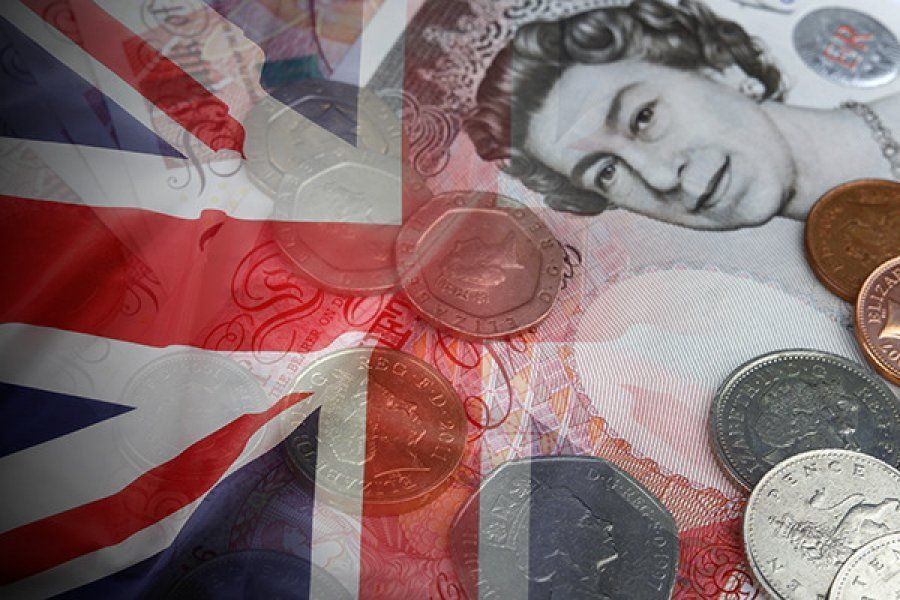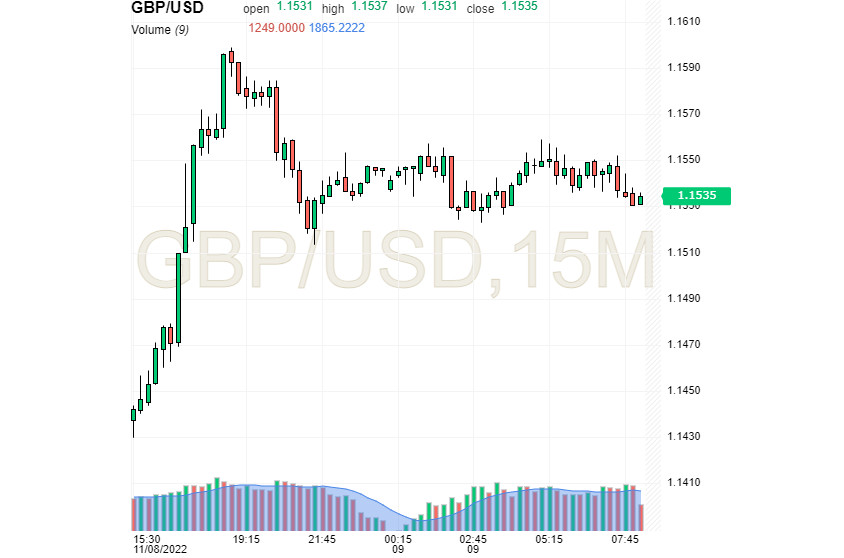
The British currency demonstrates the difficulties of growth, being in limbo after a change of government and an increase in interest rates. It is difficult for the pound to break into an upward spiral and settle in current positions, but the GBP stubbornly achieves its goal.
The dynamics of sterling was significantly influenced by the Bank of England's decision to raise the interest rate immediately by 75 bps, to 3% per annum. According to analysts, this is the largest rate hike by the central bank since 1989. According to experts, the BoE decided to take this step under the influence of the Federal Reserve in order, like the US central bank, to actively resist rising inflation.
After raising interest rates, the BoE warned that markets should not expect their accelerated rise in the future. The bank stressed that an unnecessarily high rate hike is impractical, since in this case the UK economy will plunge into recession in the next eight quarters. Such gloomy warnings have caused alarm among investors. This contributed to the sharp fall in sterling and the creation of uncertainty in the markets.
At the beginning of this week, the pound showed a rise, but on Tuesday, November 8, the GBP fell into a downward spiral. According to ING bank's currency strategists, sterling "has not yet recovered from the blow inflicted by the Bank of England." According to analysts, the combination of unfavorable economic prospects for the UK and the forced dovish revision of expectations for rates by the central bank "made the pound unattractive to investors."
Currently, the British currency demonstrates dependence on the external background, primarily on global factors. The upcoming US presidential elections are of no small importance for the dynamics of the pound. The markets take into account in their quotes a rather sharp reaction of the GBP to global sentiment, including the news background in the United States. The second most important factor influencing the dynamics of the pound was the tightening of monetary policy amid an increase in interest rates by the BoE.
Over the past two months, the pound has been in tense anticipation, trying to maintain a balance between securing its current positions and the high probability of its fall. According to analysts, if the GBP overcomes the resistance level of 1.1645, it will be able to form a new upward trend and reach the target level of 1.1950. However, the implementation of such a scenario is possible only if global sentiment remains relatively optimistic. In a different situation, the recovery of the pound is unlikely, experts emphasize.
According to currency strategists at Scotiabank, it is extremely difficult for sterling to achieve further growth at the moment. At the same time, the GBP/USD pair retains short-term support in the range of 1.1425-1.1435. On Tuesday, November 8, the pair settled below the resistance level of 1.1550. On Wednesday, November 9, the GBP/USD pair was cruising near 1.1535, trying to climb higher.

Many analysts are pessimistic about the near-term prospects of the pound. According to the leading head of the macro strategy of BNP Paribas, a significant weakening of the GBP is possible in the short-term planning horizon. The reasons are the tightening of financial conditions and lack of funds. The BNP Paribas analyst believes that the aggressive fiscal policy of the authorities "will have weight, since Chancellor Jeremy Hunt plans to allocate 50 billion pounds." The implementation of this measure will be discussed next Thursday, November 17, during the formation of the UK state budget.
However, until that time, while the scale of government funding is unknown, it is very difficult for sterling to continue growing against the dollar. According to Scotiabank economists, the obstacles to the pound's growth are the BoE's rate hikes and "budget cuts, which Chancellor Hunt will announce next week."
The pound will also be tripped up by the further growth of the greenback, which is favored by many factors. This week, the markets are waiting for the release of statistics on inflation in the United States, which will appear on Thursday, November 10. According to preliminary calculations, fairly high inflation rates (+8.0% in annual terms) will support the USD, but will provoke a fall in stocks and a significant decline in the pound. As a result, at the end of the week, the markets will be covered by volatility, which will negatively affect the dynamics of GBP.
 English
English 
 Русский
Русский Bahasa Indonesia
Bahasa Indonesia Bahasa Malay
Bahasa Malay ไทย
ไทย Español
Español Deutsch
Deutsch Български
Български Français
Français Tiếng Việt
Tiếng Việt 中文
中文 বাংলা
বাংলা हिन्दी
हिन्दी Čeština
Čeština Українська
Українська Română
Română

